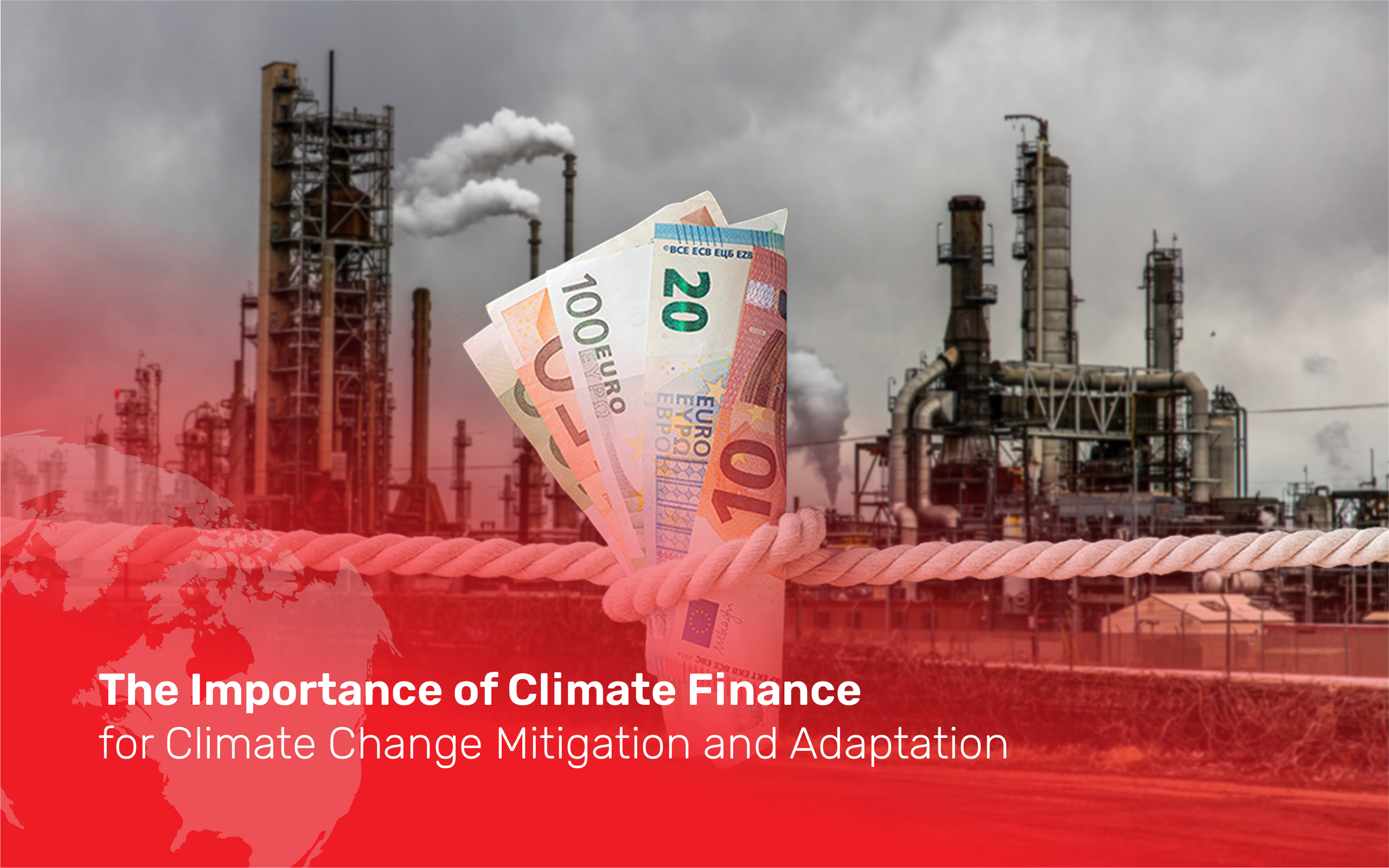Climate change is a global problem that requires collective action and determination. In addition to requiring serious determination to fight climate change, large amounts of money are needed to implement solutions to this problem. This fact certainly makes it difficult for many developing countries to overcome the climate crisis. Therefore, climate financing is here as one of the actions to mitigate and adapt to climate change.
Talking about climate change, the countries that have felt the most direct effects of this crisis are the countries that have the minuscule contribution to world pollution. Meanwhile, big countries such as China and the United States, which are rivaling to become the largest economies in the world, are actually some of the many countries that contribute the most greenhouse gas emissions.
Definition of climate finance
The United Nations Framework Convention on Climate Change (UNFCCC) explains that climate finance refers to funding on the local, national, and transnational scale originating from the public, private, and other alternative sources that support climate change mitigation and adaptation actions.
Climate finance aims to finance the efforts to reduce emissions, vulnerability, and increase the resilience of humans and ecological systems to the impacts of climate change.
In 2009, in the Copenhagen Climate Change Conference, it was stated that developed countries promised to assist with US$30 billion to developing countries to help fight climate change. The assistance was given from 2010 to 2012 and became US$100 billion until 2020. This agreement was then renewed to extend the period of receiving aid under the Paris Agreement in 2015.
In compliance with Article 9 of the Paris Agreement: developed countries must provide financial assistance to developing countries for climate change mitigation and adaptation, which was also highlighted at the United Nations Climate Change Conference or Conference of the Parties 26 (COP26).
Sources and instruments of climate finance
There are several sources of climate finance, which can be public, private, national, international, bilateral, and multilateral. Furthermore, climate finance can also be in various forms, such as the following.
- Green bond
The green bond is a fixed-income instrument used to sponsor projects related to climate and the environment. Green bonds are debts that public or private institutions can issue. - Debt swap
Debt swap is a term used in the sale of foreign currency debt from creditor countries to investors. The debt can then be used to support climate change mitigation and adaptation projects. - Guarantee
A guarantee is a commitment in which the guarantor will ensure the debtor meets the goals in climate change mitigation and adaptation to debt providers. - Concessional loan
A concessional loan is a loan that is slightly different from others because of the more extended repayment period and a lower interest rate, so that loan recipient countries can maximize their efforts in fighting climate change. - Grant and donation
This assistance is provided through projects related to mitigation and adaptation and does not need to be repaid like a debt.
Funds of climate finance
UNFCCC, as the responsible organization for the fund, is assisted by several other funds consisting of various multilateral institutions and financial institutions. The following are some examples of climate finance funds.
- Green Climate Fund (GCF)
The GCF was founded in 2010 by the UNFCCC. This climate fund is the most prominent in the world. The GFC was founded to help communities around the world that are directly impacted by climate change. In addition, GFC also helps developing countries to reduce greenhouse gas (GHG). - Special Climate Change Fund (SCGF)
Founded in 2001, SCGF is a fund focused on adaptation projects; technology development and capacity building; energy, industry, transport, forestry, agriculture, and waste management; and economic diversification. - Least Developed Countries Fund (LDCF)
LDCF was established in 2001 to support programs in developing countries under the supervision of the UNFCCC. The program includes the preparation and implementation of a national adaptation program of action. - UN-REDD Programme
The UN-REDD Program, or the United Nations Program on Reducing Emissions from Deforestation and Forest Degradation, is collaborative funding between various UN agencies under the direct supervision of the UNFCCC. This program was established in 2008 to reduce emissions caused by deforestation and forest degradation. - The City Climate Gap Fund
More widely called The Gap Fund, is a climate financing mechanism set up by the World Bank to bridge the large gap of climate finance, particularly in urban areas operational since September 23, 2020. It is also a global partnership which supports cities in developing countries in planning, prioritising and delivering climate mitigation and adaptation projects through among others: city climate strategy development, capacity building and project concepts.
Climate change is one of the most crucial challenges that we all face, not only for our future but also for our planet. Climate crisis is caused by none other than human activities itself, such as excessive use of fossil fuels, deforestation, overfishing, and many more. Cities also contribute to climate change, where more than half of the population lives, by accounting for more than 70% of global CO2 emissions. Over the past 50 years, these activities, which have continuously damaging the atmosphere, oceans, and the earth’s surface, and rapid yet haphazard growth in cities, particularly in developing countries, will only increase GHG emissions more, exposing citizens and vulnerable communities to further risks such as floods, heatwaves and many more. If serious action is not taken to prevent further damage, the lives of all beings will continue to be threatened.
The United Cities and Local Governments Asia-Pacific (UCLG ASPAC), as the largest regional section of UCLG, has continually voiced its support to address climate change issues. UCLG ASPAC realizes that collective actions from every local government and city, with support from national governments can positively contribute to climate change mitigation and adaptation internationally.
At the forefront of disaster, building resilience and adaptation to climate change is significant for the local governments and cities. Cooperation and integration from every group are the keys to successful action. We have the means to save our future and planet, and it’s time for us to start using them effectively.











